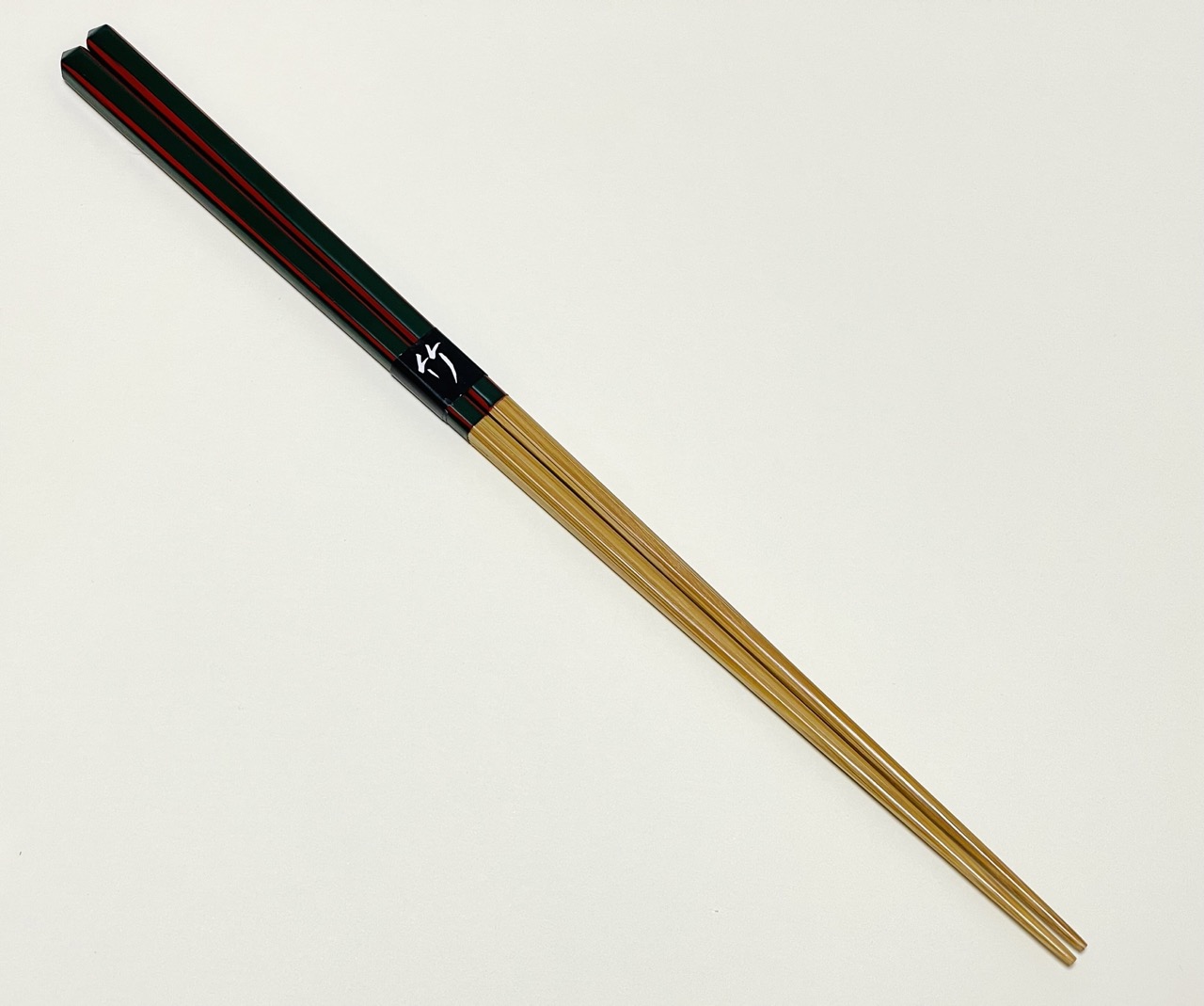
The chopsticks, also known as “kuaizi” in Mandarin, or “Hashi” in Japanese have a rich history dating back over 5,000 years. Originally made of wood or bamboo, and even bone according to some archaeological findings, they have become an iconic ustensil in Chinese cuisine and dining. These chopsticks have crossed cultural borders, even influencing other Asian regions such as Japan.
The earliest references to chopstick use date back to the 3rd century BCE, mentioned in the philosophical text Han Feizi.
As mentioned earlier, chopsticks were initially designed for cooking rather than direct consumption. They were necessary due to the nature of traditional Chinese dishes, such as rice, noodles, and vegetables. The teachings of Confucius also influenced dietary practices. Confucius advocated against using knives at the table, emphasizing respect for life and condemning the killing of animals for meat. This recommendation helped shape dietary customs in China, focusing on moderation and respect for all forms of life.
It was during the Tang Dynasty (618-907) that chopsticks reached Japan, where they were adopted by the upper classes, influenced by Chinese culture. Over time, chopsticks became popular across all Japanese social classes during the Edo period (1603-1868).
In addition to their practical function, chopsticks are associated with spiritual beliefs. Crossing chopsticks is considered a bad omen, symbolizing death, while pointing at someone with chopsticks is seen as disrespectful. These superstitions stem from the Chinese philosophy of yin and yang, where the crossing of chopsticks creates a negative symbol of this balance.
Finally, in Japan, the use of chopsticks is highly codified, and there are numerous taboos known as “Kirai-bashi.”
If you find chopsticks fascinating and would like to have your own set of Japanese bamboo-made chopsticks, check out our shop at Chopsticks Archives – COM Hanko Shop .
